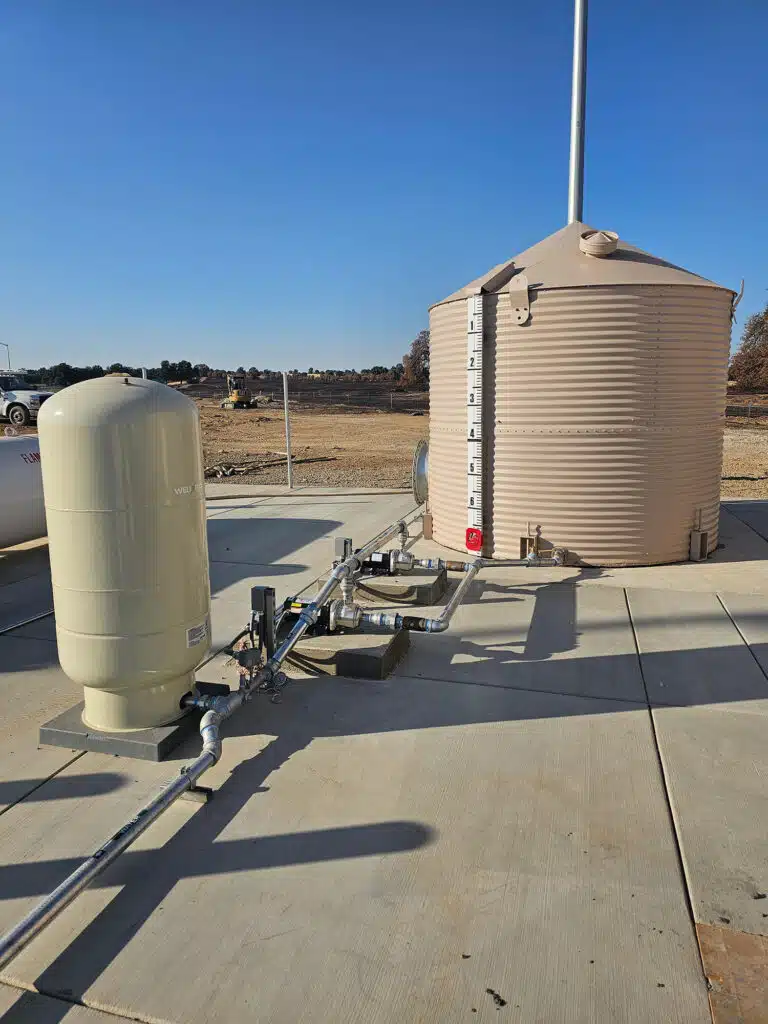Paving the Way: A Comprehensive Guide to Houston’s Paving Contractors
Houston, the largest city in Texas, is understood for its sprawling city landscape and substantial network of roadways, driveways, and car park. With such a huge facilities, the demand for high-grade paving solutions is constantly high. This short article explores the globe of leading contractors in Houston, exploring their services, the value of professional paving, and how to pick the appropriate contractor for your task.
The Role of
reliable asphalt services in houston offer affordable tar application for the best paving contractors houston handle residential projects efficiently. professional driveway installation companies transform existing pavement when paving contractors houston undertake commercial jobs durably. experienced concrete providers enhance road quality while paving contractors houston work on urban development smoothly. innovative repaving solutions improve infrastructure maintenance once paving contractors houston manage municipal contracts effectively.
paving contractors houston
asphalt paving services in houston offer long-lasting results for residential and commercial properties. every driveway installation by houston contractors ensures quality and durability. reliable road construction from houston experts utilizes top-grade materials for superior performance. professional houston paving companies understand local climate impacts on pavement. effective sealcoating techniques by houston professionals preserve the asphalt's integrity against harsh weather conditions.
Paving contractors play an essential role in preserving and enhancing Houston’s framework. These experts are accountable for installing, fixing, and maintaining numerous kinds of smooth surface areas, consisting of:
1. Residential driveways
2. Industrial car park
3. Community roads and freeways
4. Industrial facilities
5. Sidewalks and sidewalks
With Houston’s diverse environment, ranging from burning summer seasons to periodic freezing temperatures, paving materials have to endure severe weather conditions. Expert service providers recognize the distinct obstacles posed by the local setting and make use of ideal methods and products to make certain longevity and sturdiness.
Solutions Supplied by Houston Paving Professionals
Houston’s paving specialists offer a variety of services to fulfill the demands of household, commercial, and municipal clients. Several of the most common solutions include:
1. Asphalt Paving
Asphalt is a prominent option for lots of paving jobs because of its longevity, cost-effectiveness, and fast setup. Houston professionals focus on asphalt paving for roads, car park, and driveways.
2. Concrete Paving
Concrete is one more versatile paving material commonly made use of in Houston. It’s excellent for pathways, patios, and sturdy commercial applications.
3.. Sealcoating
To shield asphalt surfaces from weather condition damage and prolong their life expectancy, professionals offer sealcoating services. This safety layer assists prevent cracks and degeneration triggered by UV rays, oil spills, and water infiltration.
4. Repair work and Maintenance
Houston’s paving professionals offer numerous fixing solutions, including split dental filling, split repair service, and resurfacing, to maintain the integrity and look of smooth surface areas.
5. ADA Compliance Provider
Making certain availability is important for business and public areas. Lots of Houston service providers focus on ADA-compliant paving remedies, consisting of ramp installment and appropriate surface area texturing.
The Significance of Specialist Paving Solutions
While do it yourself paving tasks might appear tempting, professional solutions supply countless benefits:
1. ** Proficiency **: Professional service providers have in-depth knowledge of materials, techniques, and regional policies.
2. ** High quality Materials **: Professionals have accessibility to high-grade materials that might not be available to the general public.
3. ** Appropriate Tools **: Professional-grade devices ensures efficient and premium job.
4. ** Cost-Effectiveness **: Although initial expenses may be greater, specialist job commonly verifies even more affordable in the long run because of raised longevity and lowered maintenance demands.
5. ** Warranty **: Many service providers provide guarantees on their work, providing peace of mind for homeowner.
## Picking the Right Paving Specialist in Houston
With various paving service providers running in Houston, choosing the right one for your task can be difficult. Think about the following aspects when making your choice:
1. ** Experience **: Try to find contractors with a tested performance history in Houston, as they’ll know with regional problems and policies.
2. ** Licensing and Insurance Coverage **: Guarantee the contractor is appropriately accredited and insured to shield on your own from liability.
3. ** References and Reviews **: Inspect on the internet testimonials and ask for references from previous customers to evaluate the quality of their work.
4. ** Composed Estimates **: Acquire detailed written estimates from numerous professionals to compare prices and services offered.
5. ** Tools and Materials **: Ask about the kinds of tools and materials the service provider uses to guarantee they’re up-to-date with market standards.
6. ** Timeline and Job Monitoring **: Go over the expected timeline for your project and exactly how the specialist takes care of unforeseen delays or concerns.
7. ** Environmental Factors To Consider **: Ask about environment-friendly paving alternatives and the contractor’s strategy to minimizing environmental impact.
## The Future of Paving in Houston
As Houston continues to expand and evolve, so does the paving market. Numerous professionals are embracing new innovations and sustainable practices to fulfill the transforming needs of the city:
1. ** Permeable Leading **: To resolve Houston’s flooding concerns, some professionals are using absorptive paving options that allow water to leak with the surface and right into the ground.
2. ** Recycled Products **: Making use of recycled asphalt and concrete is ending up being much more usual, decreasing the environmental effect of paving projects.
3. ** Smart Paving Technologies **: Some service providers are checking out the combination of wise technologies right into smooth surfaces, such as sensors for web traffic monitoring or burner for ice avoidance.
Finally, Houston’s paving contractors play an important function in keeping and enhancing the city’s framework. By recognizing the solutions offered, identifying the significance of expert job, and thoroughly picking the ideal contractor, Houston citizens and businesses can ensure their paving jobs are completed to the highest requirements. As the sector continues to evolve, these specialists will certainly play a crucial duty fit the future of Houston’s city landscape.

